The Lemurs of Madagascar
What's the first thing to spring to mind when you think of Madagascar? You pictured a lemur, right?
Endemic to the island, these happiness-inducing creatures are the oldest living primates on earth. The first lemurs floated over from mainland Africa around 70 million years ago (which would put their ancestors roaming at the same time as the dinosaurs) and thanks to very few predators, thrived in isolation from the rest of the world, giving them ample opportunity to become as wonderful and weird as they are.
There are roughly 112 lemur species, but new species and subspecies are always being discovered. They also sometimes go by different names, so it can be a lot to keep up with. Sadly, as many variations as there are, what all lemurs share in common is their endangered status.
The lemur's main predator is the fossa, but some species are also vulnerable to being hunted by humans for food or at times, due to local superstition. But the biggest threat to the lemurs of Madagascar is deforestation and widespread habitat loss.
From the largest to the smallest, the gifted performers to the harbingers of death, here are some of the lemur species you might be fortunate enough to spot in Madagascar.
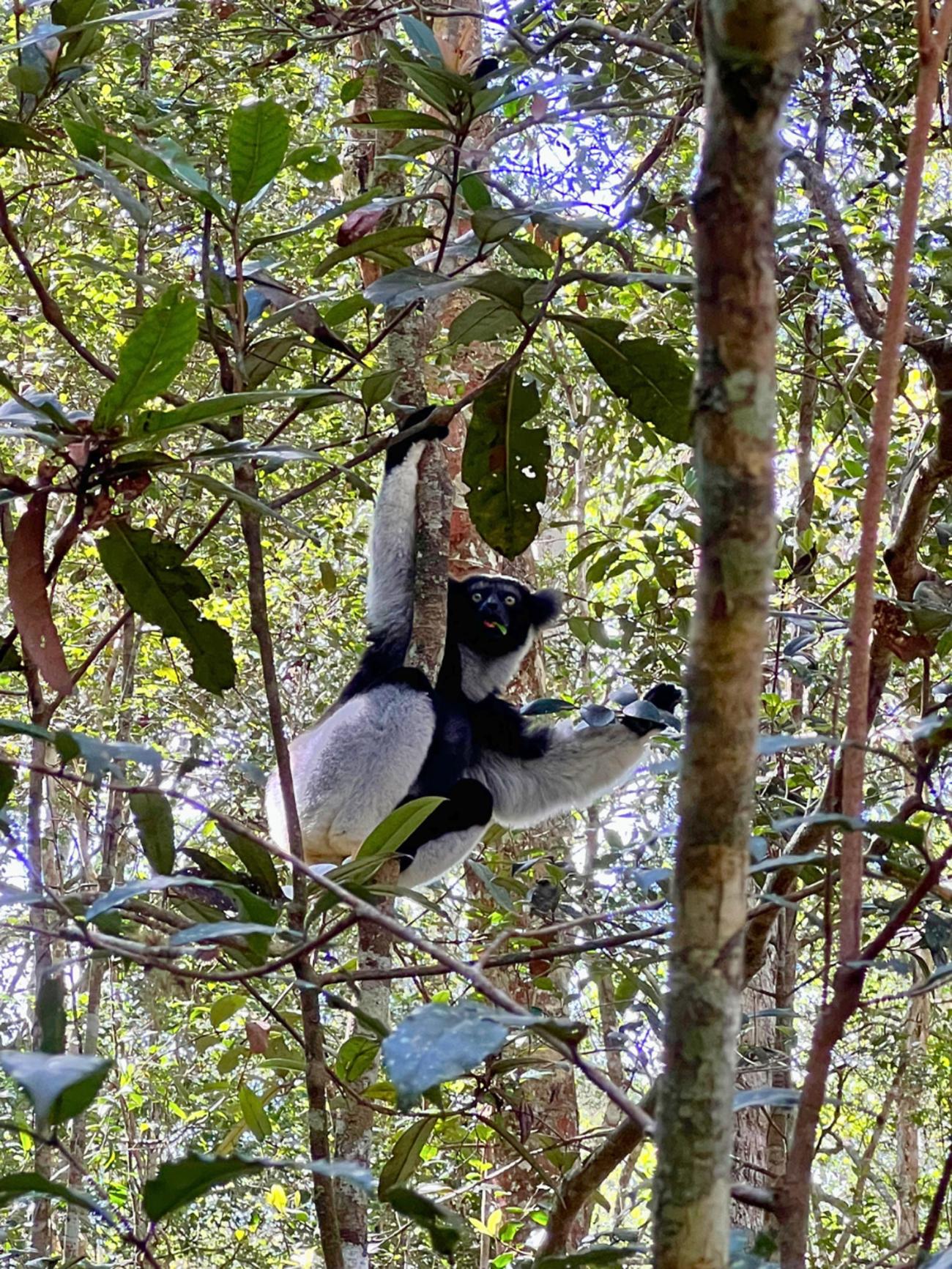
INDRI-INDRI LEMUR
The Indri is the largest living lemur in Madagascar, standing tall at up to 2.5 feet and weighing up to 9kg. The Indri stands out for several reasons, but our favourite is its beautifully haunting singing voice.
Indri lemurs are monogamous and live in family units consisting of a male, female and their young. They wail together to foster family bonding and to signal territorial defence. It can be heard over a mile away and they’re the only primates outside of humans that can exercise rhythm. Interestingly, lower-ranking Indri lemurs have shown a preference for singing in antiphony from the rest of the group to showcase their talent and attract the attention of a sexual partner.
Due to their anthropomorphous appearance and lack of tail, the Indri lemur is recognised by the Malagasy people as their scared ancestors. It’s ‘fady’ - or taboo - to hunt the indri, but that hasn’t necessarily stopped those who are not indigenous to the island.
Alongside habitat loss and compounded by low birth rates, the indri lemur is a critically endangered species, now only found in protected forests in the east of the country.
Did you know?
Evidence suggests that the island was once occupied by giant lemurs - some even grew to the size of a gorilla!
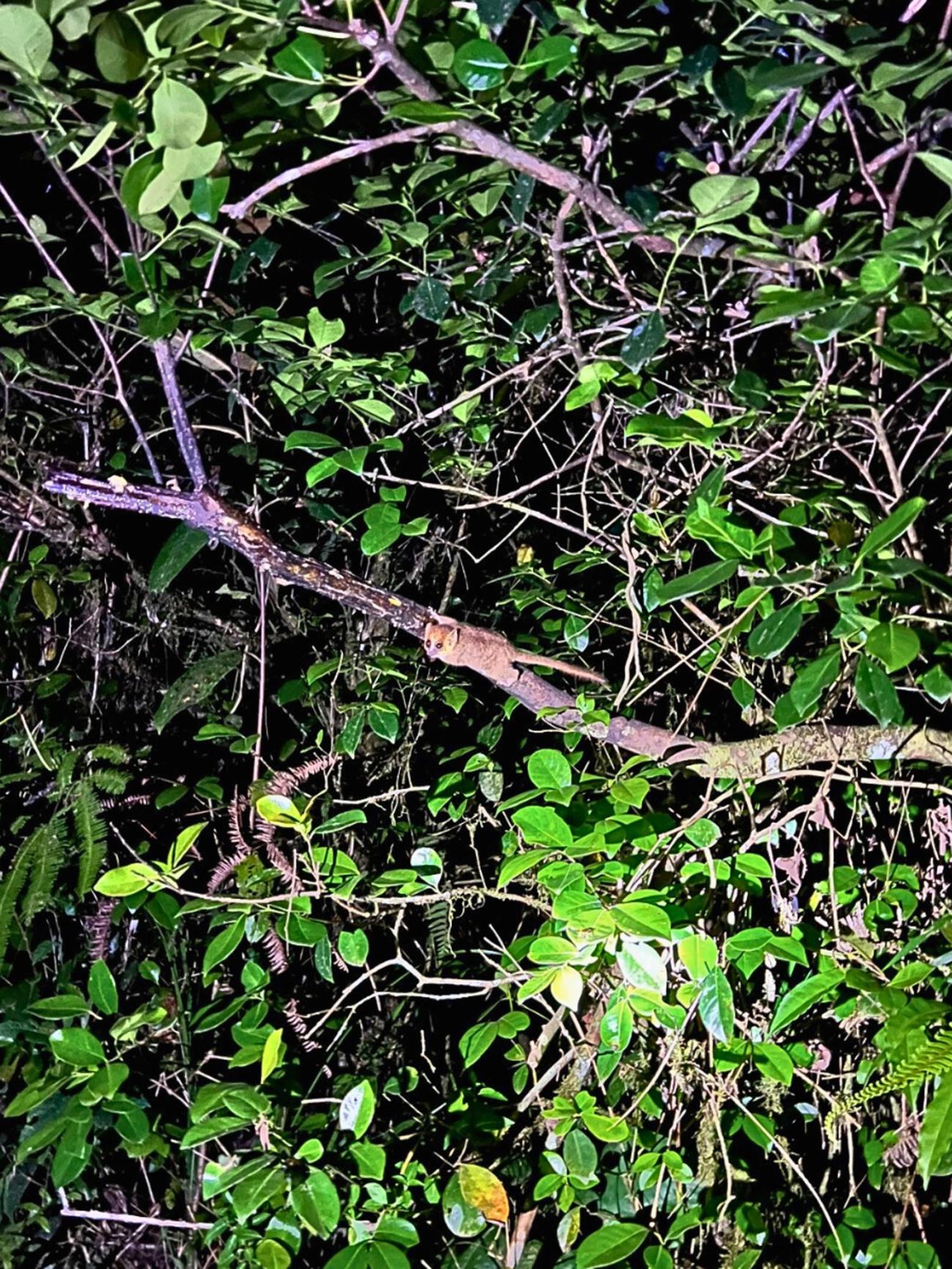
MOUSE LEMUR
From the largest to the smallest lemur (and primate) on earth, all 27 cm of the mouse lemur has far more to it than its tiny stature may suggest.
It was once thought that there were only two species of mouse lemurs, but as of 2016, a total of 24 have been discovered. They’re considered a cryptic species, which means that despite major variations in the lemur's genomes, by appearance they’re hard to distinguish from one another. Which makes sense - you don’t need to stand out much when you’re nocturnal.
But even better, this small package lemur is helping us to reach new hypotheses regarding neurological conditions such as Alzheimer's and dementia since, primates are a closer genetic match to us humans than say, mice or rats.
According to the Duke Lemur Centre, mouse lemurs can develop symptoms of neurological disorders, and non-invasive studies could help us to identify people at risk sooner, and even potentially delay the onset.
Even though deforestation threatens the mouse lemurs much the same as their larger cousins, they are more abundant thanks to a higher reproductive rate and ability to tolerate moderate food shortages.
Ring-Tailed Lemur
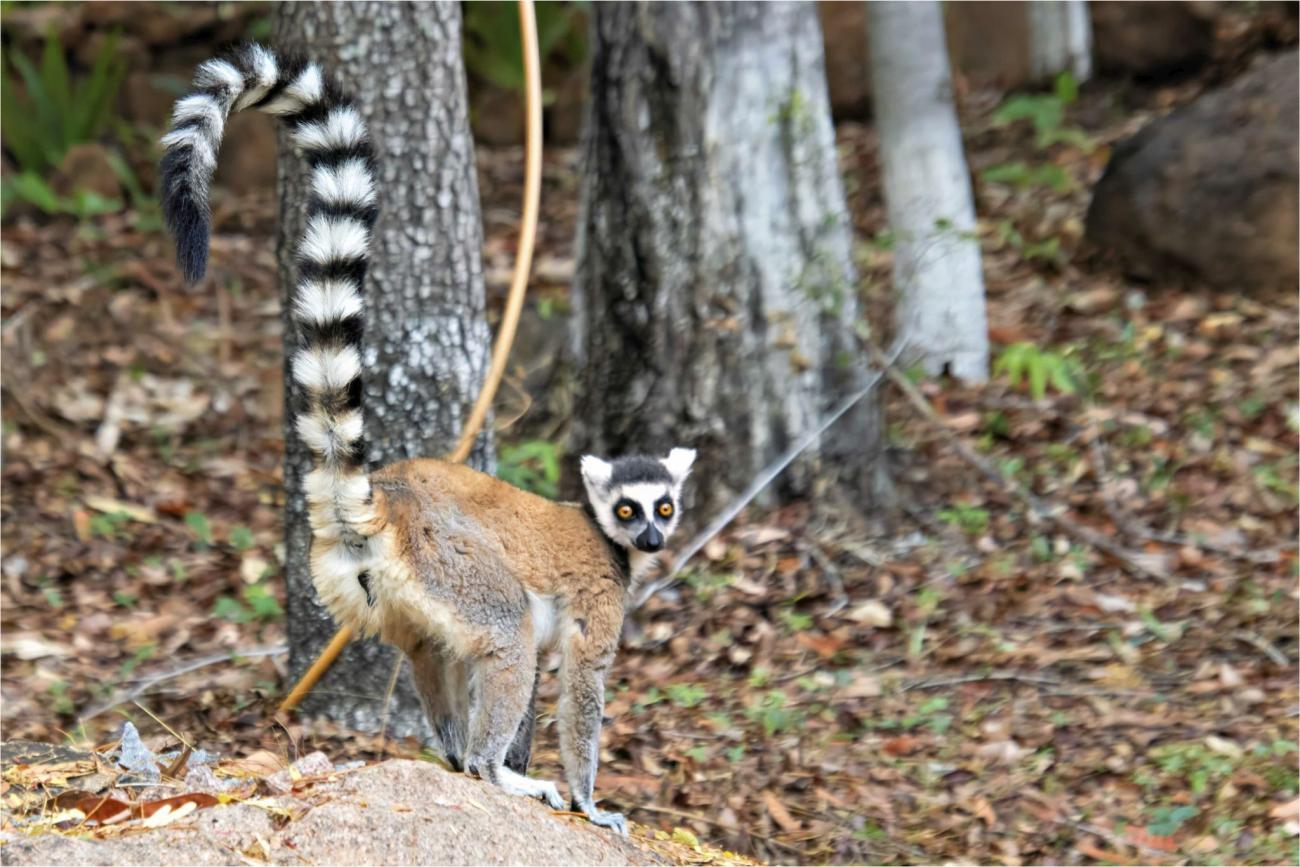
The most famous lemur of Madagascar is easily recognised for its striking appearance, specifically its long 13-ring banded tail. These highly sociable primates will form a ‘troop’ that consists of 15 - 20 individuals which are female-dominated, displaying a matriarchal social structure rarely found in the primate world.
As if this iconic lemur isn’t amusing enough in appearance alone, they like to engage in a spot of sun worship. They sit in a kind of yoga pose with their arms outstretched to absorb the warmth of the sun which regulates body temperature and strengthens social bonds.
They also use a method sometimes referred to as ‘stink flirting’ where they secrete pheromones from their wrist glands which they rub on their tails and waft about the air. They also use this to mark their territory.
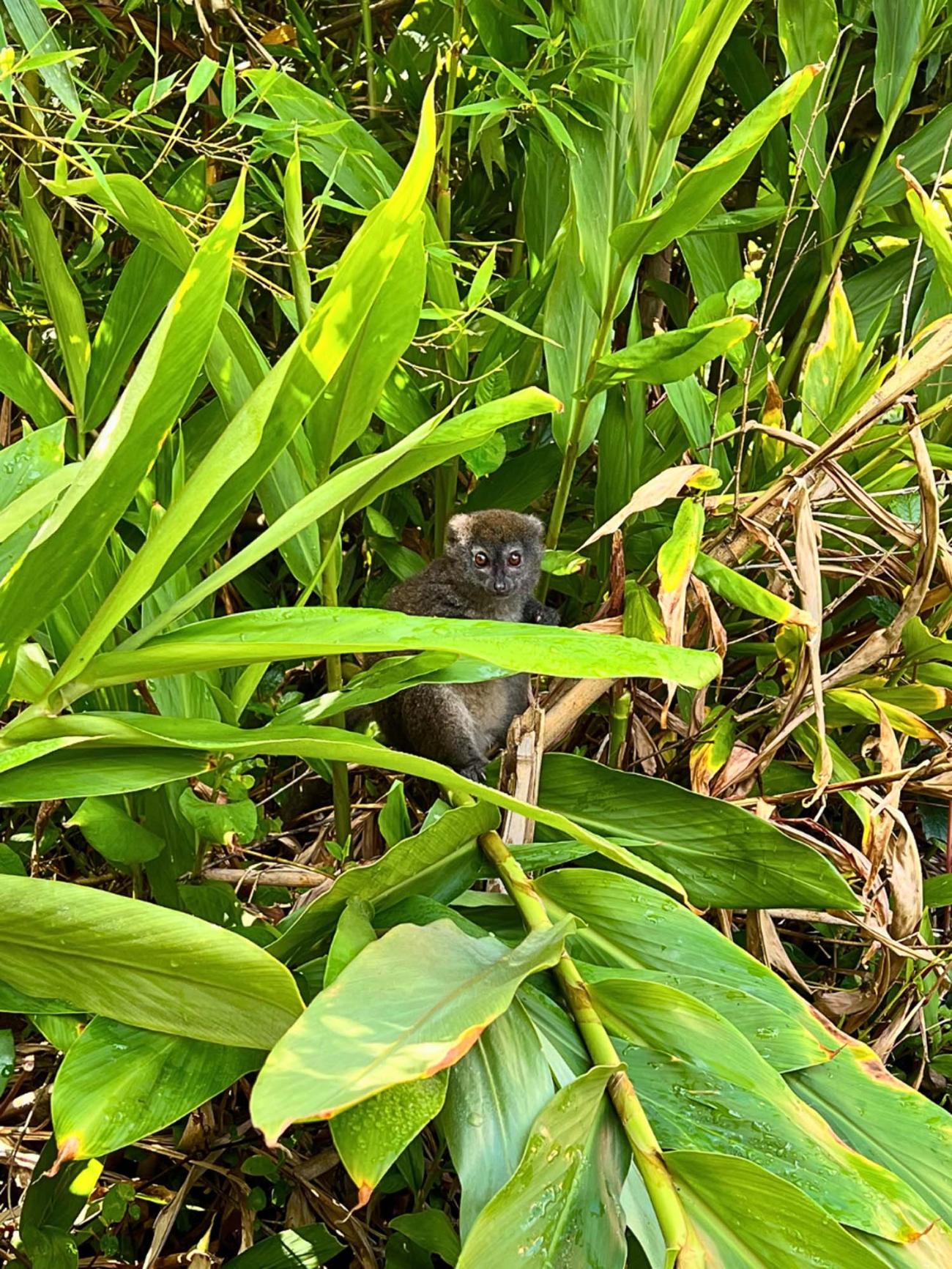
BAMBOO LEMUR
To sum up the bamboo lemur under one name is a little misleading, as not only are there different species of bamboo lemur, but they are also known by different names like the gentle lemur (despite actually being the most aggressive in captivity)
Subspecies include the greater bamboo lemur, the lesser bamboo lemur (or the eastern lesser or grey bamboo lemur), the golden bamboo lemur and the Lac Alaotra bamboo lemur.
Despite differences in appearance and where you can find them on the island, the bamboo lemur is so called because its diet mainly consists of - you guessed it - bamboo.
This is impressive not only because it is a challenging food source being a tough, silica-rich shoot to sink their specialised teeth into, but because they’ve adapted remarkably to neutralise the high levels of cyanide it contains, which would be lethal to most other animals. The amount they consume in one day is enough to kill a human.
Sifaka
.jpeg)
This group of medium indrids, which research suggests includes roughly nine species including the Coquerel’s sifaka, is identified by luxurious, golden-brown fur and a striking white face. The larger diademed sifaka, silky sifaka, and Milne-Edwards’s sifaka, plus more, are best known for their unique style of locomotion - the sideways hop.
Sifakas are powerful jumpers who can adeptly leap over 30m from tree branch to tree branch, but they’re also bipedal, and when moving on the ground they use this comical hopping method to get around. This is why they’re also known as the dancing lemur.
Their Malagasy name is also an onomatopoeia of their distinctive alarm call, which sounds like ‘shi-fak’, which, alongside scenting, helps the group consisting of up to 13 individuals mark their territory.
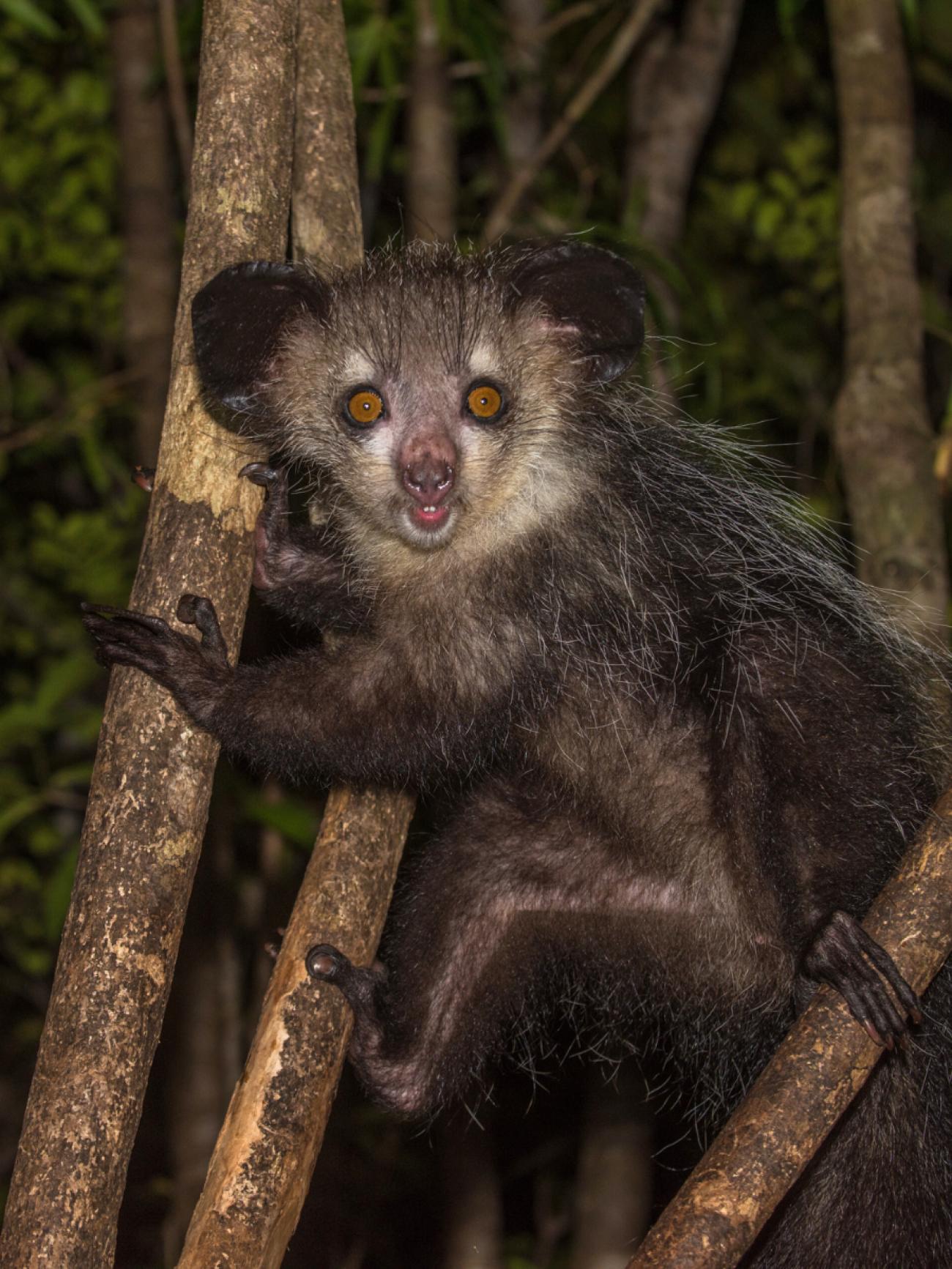
AYE-AYE
Last but certainly not least, one of Madagascar’s most peculiar lemurs, and creatures overall, is the aye-aye. What makes the aye-aye so bizarre? There are too many oddities to choose from.
Its large yellow eyes and big bat-like ears give it an almost alien-like appearance, and even though they are small, they’re the world’s largest nocturnal primate at three feet long. They were also once mistaken for rodents due to their incisors, which grow continuously. But perhaps its most unique physical feature is its spider-like clawed digits.
The only primate to use echolocation, the aye-aye utilises these slender fingers, including one elongated middle finger, to tap at branches or tree trunks to detect the grubs inside. They then scratch a hole in the bark and fish the grub out using the long finger, which is a method known as ‘percussive foraging’.
Unfortunately, their strange appearance may have also contributed to an unfavourable reputation amongst the Malagasy people. They consider the aye-aye bad omens and harbingers of death, so are often killed on sight to avoid, according to some legends, the aye-aye breaking into people’s homes at night and digging out hearts with that creepy long claw.
They are rarely seen as they sleep during the day and hang out high in the tree canopy at night, but hunting and deforestation contribute to their endangered status.
